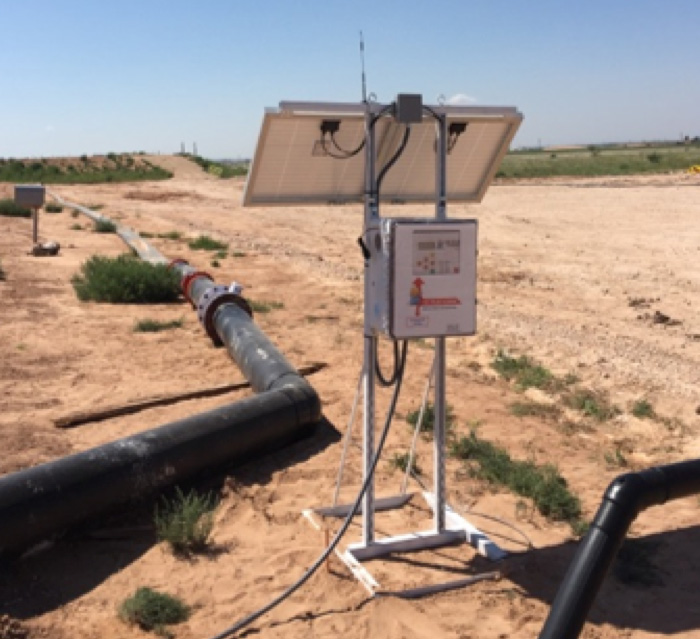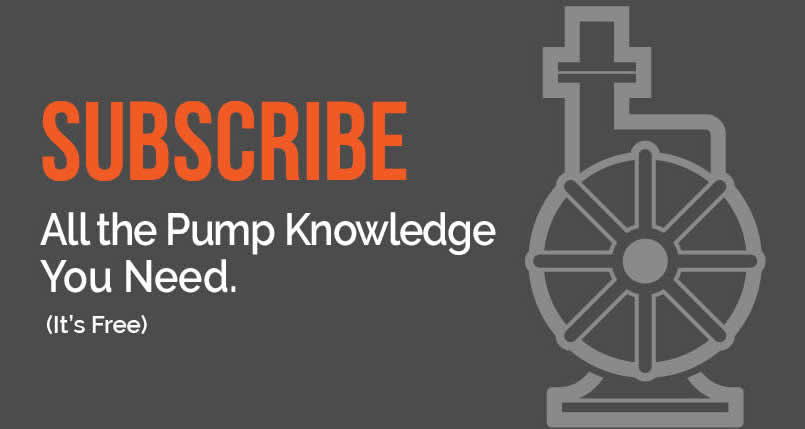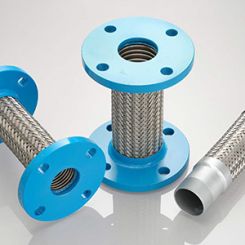Oil field operators had a need for consistent, precise and automated pumping based on real-time fluid level to the specific target level desired over time to reduce operational cost and maximize production. They have long recognized for that fluid level management while pumping is critical to an operation. If a pump runs dry or cavitates, it will be damaged. If a pump operates too fast, it can cause a well to sand up. Starting and stopping a pump was never a good idea, which is what pump off controllers do. Output potential from wells continuously changes, and before the introduction of a real-time Internet of Things (IoT) device in 2014, you had to continuously evaluate potential and then continuously redefine how to operate because of the dynamic nature of reservoirs. Fluid entry simply changes over time for a multitude of reasons.
Automated Lift Stations Help Control Chemical Costs
Automating artificial lift systems based on real time fluid level to the desired target will deliver a continuous pumping operation that matches inflow perfectly with pump output automatically changing over time and enabling those who manage wells, to manage more wells more effectively. The scalability and flexibility resulting from merging multiple technologies into a universal platform enables asset managers to control and monitor assets worldwide through six forms of communication that are built-in to manage all forms of artificial lift and facility control from anywhere. Through application software, users can define screens, define and change operational parameters and set up Google-sourced field mapping. Authorized users can view the current status of facilities, wells and inventories at a glance while the processor provides real-time decision processing at the site to control several aspects of an operation. The processor also logs a comprehensive sensor array for analytical work and reporting. As such, the platform (a single box) provides an end-to-end solution replacing the ad hoc approach of the past. Image 1. An IoT platform in West Texas metering flow, data logging reservoir level and controlling an electrical submersible pump (ESP) in a water well (Courtesy of Smart Pumper)
Image 1. An IoT platform in West Texas metering flow, data logging reservoir level and controlling an electrical submersible pump (ESP) in a water well (Courtesy of Smart Pumper)
